What is ATG Commerce?
Oracle ATG Web Commerce, often referred to as ATG Commerce, is a platform that is primarily used to build and support websites, with a particular focus on e-commerce sites. It offers a high degree of customization and configurability, which makes it a popular choice for businesses that want to create a unique online shopping experience. ATG Commerce can be implemented in a variety of environments, either on-premises or hosted by Oracle or a third party. It is designed to support both B2C and B2B business models, and it includes a range of features that enable personalized shopping experiences, efficient merchandising, and the rapid launch of commerce sites for different brands, markets, or campaigns.
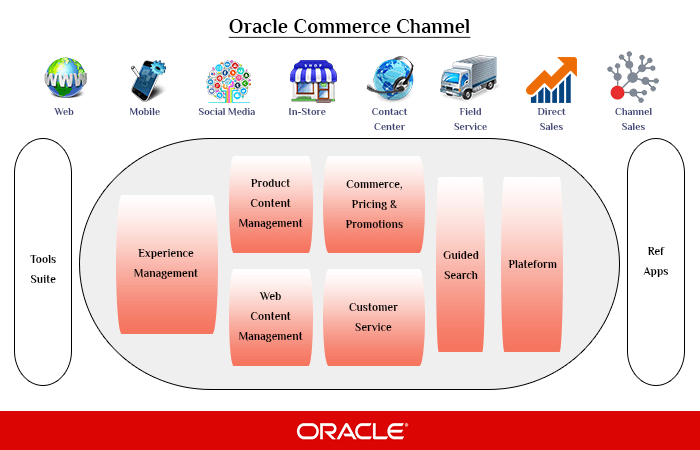
Key Features
Oracle ATG Commerce is a comprehensive e-commerce solution that offers a wide range of features to support both B2C and B2B business models. Here are some of its key features:
Personalization Capabilities: Oracle ATG Commerce can customize the content of your e-commerce site to match the interests of each individual customer. This is done through its Personalization module (DPS) and Scenarios module (DSS). For example, if a customer often buys sports equipment, the site might highlight new sports products or sales in that category for that customer.
Data Anywhere Architecture: This feature allows Oracle ATG Commerce to work with any data source, whether it’s a database like Oracle or MySQL, a file system, LDAP Directory content management systems, or a combination. This means you can switch your data source without having to rewrite your code.
Payment Integration Support: Oracle ATG Commerce can be customized for various payment gateways, including credit cards, PayPal, and others. This means you can offer your customers a variety of payment options, making it more convenient for them to make purchases.
Application Server Support: Oracle ATG Commerce is built on a component-based model and can work with major application servers like JBOSS, WebLogic, and WebSphere. This means you can choose the application server that best fits your needs.
Dynamo Application Framework (DAF): This is the foundational layer of ATG Commerce. It provides an environment for developing applications using JavaBeans and JavaServer Pages (JSPs). These components are linked together through configuration files in Nucleus, ATG’s open object framework. This means you can build applications by assembling these components, much like building blocks.
Access Control List (ACL): This feature allows you to control access to data at a very granular level. You can specify who has access to what data, down to the individual property level. This could be useful in scenarios where certain data should only be accessible by specific users or roles.
Multi-Site Management: ATG Commerce allows you to manage multiple websites from a single platform. This is particularly useful if you operate in multiple countries or regions, as you can manage countries or regions, as you can manage sites with different languages, catalogs, and currencies all from one place.
B2C and B2B Support: ATG Commerce supports Business-to-Consumer (B2C) and Business-to-Business (B2B) business models. This means it can be used to sell products directly to consumers, to other businesses, or both.
Integration with Other Oracle Products: ATG Commerce can be integrated with other Oracle Products like Oracle ERP, Oracle CRM, etc. This allows for seamless data flow between different systems, improving efficiency and reducing data redundancy.
Products Offered by ATG Commerce
ATG Commerce, also known as Oracle ATG Web Commerce, offers a variety of products and features designed to support e-commerce websites. Here are some of the key products and features:
Oracle ATG Web Commerce Platform: This is the core of ATG’s offerings. It is a comprehensive, customizable platform for creating and managing e-commerce websites. It provides a robust framework that allows businesses to build and maintain complex e-commerce sites with ease.
Personalization Module (DPS): This module is designed to deliver personalized content to users based on their behavior, preferences, and other factors. It allows businesses to create user profiles and define business rules that determine what content is shown to each other.
Scenarios module (DSS): This module allows businesses to create event-driven campaigns that manage interactions between site visitors and content over time. These scenarios can be used to guide users through specific paths on the website, such as guiding a new user through the registration process.
Oracle ATG Web Commerce Merchandising: This tool provides merchants with the ability to manage complex product lines and data-rich products. It includes features for managing product catalogs, promotions, pricing, and search results.
ATG Content Administration: This is a content management system designed specifically for ATG-built web applications. It provides features for managing all stages of the content lifecycle, from creation and approval to deployment.
Business Control Center: This is a management tool that provides a browser-based interface for managing many elements of Oracle Commerce-based websites. It allows marketers and other business users to easily manage and control various aspects of the website.
ATG-Endeca Integration: This integration enhances the search and navigation capabilities of the ATG Web Commerce platform by indexing ATG product catalog data in Endeca MDEX engines.
ATG Consumer Commerce: This is a version of ATG Commerce designed for business-to-consumer (B2C) online stores. It provides all the necessary tools for managing product databases, pricing, inventory, fulfillment, merchandising, targeted promotions, and customer relationships.
ATG Business Commerce: This is a version of ATG Commerce designed for business-to-business (B2B) uses. It provides detailed information on all Oracle ATG Web Commerce Merchandising activities.
Each of these products plays a crucial role in creating a comprehensive, effective, and user-friendly e-commerce experience. They work together to provide businesses with the tools they need to successfully manage and grow their online presence.
Reasons to Choose ATG Commerce
Oracle ATG Commerce is a robust platform that offers several benefits for businesses:
Robust Personalization Features: ATG Commerce allows businesses to customize their content and services based on the preferences of individual customers. This means that each customer can have a unique shopping experience tailored to their interests and needs.
Unified Multisite Architecture: If a business operates multiple e-commerce sites (for example, for different brands or markets), ATG Commerce allows these sites to share resources. This can make managing the sites more efficient.
Data Anywhere Architecture: This feature makes it easier for businesses to integrate various data sources or systems. If a business needs to combine information from different places (like customer databases, inventory systems, etc.), ATG Commerce can help manage this integration efficiently.
Support for B2C and B2B Business Models: ATG Commerce can be used by businesses that sell directly to consumers (B2C) or other businesses (B2B). This makes it a versatile platform that can cater to a wide range of businesses.
However, it’s important to note that ATG Commerce can be expensive to own and may require additional resources for integration with Oracle’s Order Management module. Therefore, businesses should carefully evaluate their specific needs and resources before choosing this platform.
How does ATG Commerce Work?
Oracle ATG Web Commerce is a platform that helps businesses create and manage their e-commerce websites. It’s made up of several components. The Dynamo Application Framework, or DAF, is the foundation. It’s a development environment where you can create applications using JavaBeans and JavaServer Pages. These applications are assembled by linking component beans together through configuration files in Nucleus, ATG’s open object framework.
The Personalization module, or DPS, allows the website content to change dynamically for each user. It helps in creating and maintaining user profiles and business rules that define what content to show to whom. The Scenarios module, or DSS, extends the content targeting capabilities of the Personalization module. Scenarios are time-sensitive, event-driven campaigns designed to manage interactions between site visitors and content over a long period.
ATG Commerce provides a wide range of pricing features for e-commerce stores through its Pricing Services. The Pricing Engines load global promotions and customer-specific promotions. The Pricing Calculators look up individual items’ prices in the catalog and apply promotions to calculate the final price.
The ATG Rest APIs perform the commerce functions for cart and checkout. It calculates the price, shipping, tax, and promotion discounts. Catalog requests, lists, registries, user account management, order details, and order history requests are performed by the Oracle ATG rest APIs.
The ATG platform runs on one of three application servers: Oracle WebLogic, JBoss, or IBM WebSphere. It’s designed to enhance e-commerce and becomes an integral part of your online activity management system. So, in simpler terms, Oracle ATG Web Commerce is a comprehensive solution for businesses looking to sell products or services online.
Benefits of ATG Commerce
Oracle ATG Web Commerce is a powerful, integrated e-commerce platform to help mid-size companies and enterprises create personalized, engaging shopping experiences for their customers. Here are some of the key benefits of using Oracle ATG Web Commerce:
Scalability: Oracle ATG Web Commerce is an enterprise-level eCommerce platform that can easily be scaled up or down to meet the needs of mid-size companies and enterprises. It provides businesses with a flexible, modular architecture that allows them to quickly adjust their commerce operations as needed.
Personalization: Oracle ATG Web Commerce enables businesses to customize their customer experiences by delivering personalized content, product recommendations, promotions, and more based on customers’ individual preferences and behaviors. This helps create a tailored shopping experience for each customer which encourages loyalty and repeat purchases.
Security: Oracle ATG Web Commerce is designed with security in mind, providing robust protection against data breaches and other malicious attacks on your online store. The platform also offers customizable fraud prevention tools so you can protect your business from fraudulent transactions while still giving customers the ability to shop securely online without worrying about theft or identity theft issues.
Cost Savings: By leveraging the power of Oracle ATG Web Commerce’s cloud infrastructure, businesses can save money on hosting costs by taking advantage of its built-in scalability features such as auto-scaling capabilities that help reduce server load during peak hours or periods of high demand for products/services offered through their store(s).
Catalog Management: Oracle ATG Web Commerce provides a comprehensive catalog management system for mid-size companies and enterprises, enabling them to easily manage product information, pricing, inventory levels, and other related data.
In addition to these benefits, Oracle ATG Web Commerce also provides a unified view of content and data across a business. This means that all your data is accessible in one place, which can make it easier to manage your business. This architecture provides access to various data storage systems using the same interfaces, which can make it easier for developers to work with the data.
Drawbacks of ATG Commerce
Oracle ATG Web Commerce, also known as Oracle Commerce, is a robust e-commerce platform that offers a wide range of features to support personalized shopping experiences, efficient merchandising, and the rapid launch of commerce sites for different brands, markets, or campaigns. However, like any platform, it has its drawbacks:
High Cost: Oracle ATG Web Commerce, now known as Oracle Commerce, is a comprehensive eCommerce platform with a wide range of features. However, this comes at a high cost, which may not be affordable for smaller businesses. This means that the initial investment and the ongoing costs for maintenance and updates might be too high for some companies.
Limited Security Features: Security is a crucial aspect of any eCommerce platform. Oracle ATG Web Commerce lacks some security features such as field-level security and password management. Field-level security refers to the ability to control access to specific data fields. Password management features help users manage their passwords effectively, such as enforcing password complexity rules or enabling password reset.
Lack of Certain Administrative Features: Administrative features are tools or functions that help manage and control the operations of an eCommerce platform. Oracle ATG Web Commerce does not offer some of these features, such as document management and estimating & quoting. Document management involves the storage, retrieval, sharing, tracking, revision, and distribution of documents within an organization. Estimating & quoting refers to the ability to generate price quotes for customers based on their requirements.
While these are some of the drawbacks, Oracle ATG Web Commerce also offers powerful features that can be beneficial for large businesses.
ATG Commerce Supported Environments
Oracle ATG Web Commerce is a software platform that supports a variety of environments, including different application servers, databases, browsers, and other third-party software. The specific environments that are supported can be found in a document called the Oracle ATG Commerce Supported Environments Matrix, which is available on the My Oracle Support knowledge base.
Internet Explorer 8 and 9, two browsers that Oracle ATG Web Commerce supports, have specific settings for handling queries from the Internet and an intranet. By default, these browsers display all Internet sites in IE 8/9 mode and all intranet sites in IE 7 mode. ATG products follow these default settings.
The term “Compatibility View” is used to describe the IE 7 mode. This view is not supported for external ATG applications, which are products that run on the customer-facing server. However, it is required for internal ATG applications, which are products that run on the asset management or agent-facing server.
For example, the ATG Commerce Reference Store is considered an external application, while all other ATG products are considered internal applications.
Before installing your Oracle ATG Web Commerce application, it’s important to review the System Requirements and Supported Platforms document to ensure your environment is compatible.
ATG Commerce Architecture
Oracle ATG Web Commerce provides an open, server-side environment for building and deploying dynamic, personalized applications for the web and other communication channels, such as email and wireless devices. Here are some key components of its architecture:
Component Development Model: In ATG Commerce, applications are assembled out of component beans. These are based on standard Oracle ATG Web Commerce classes or custom Java classes. These components are linked together through configuration files in Nucleus, Oracle ATG Web Commerce’s open object framework.
Front-End Interface: The front-end interface of an application is built out of JavaServer Pages (JSPs) that use Oracle ATG Web Commerce’s DSP tag library. This library allows the embedding of Nucleus components in JSPs, which are then used for rendering dynamic content.
Data Anywhere Architecture: This architecture provides a unified view of content and data across a business for organizations and their customers. The core of the Oracle ATG Web Commerce Data Anywhere Architecture is the Repository API. Through the Repository API, you can employ a single approach to accessing disparate data types, including SQL databases, LDAP directories, content management systems, and file systems.
Personalization: The Personalization module in ATG Commerce provides features specifically designed to support website personalization. This process involves displaying different content to each site visitor depending on their preferences and requirements.
Multi-Site: The term multisite refers to running multiple websites from a single ATG instance, with the sites sharing certain resources. For example, a clothing manufacturer with two brands could create and manage a separate website for each brand from one instance of the Oracle ATG Web Commerce platform.
Endeca Search: The ATG-Endeca integration enables customers of Oracle ATG Web Commerce and Oracle Endeca Commerce to index ATG product catalog data in Endeca MDEX engines. This data can then be queried, and the results can be displayed on commerce sites.
Business Control Center: The Oracle ATG Web Commerce Business Control Center is a set of HTML-based pages that you use to access functionality for several products in the ATG suite, including ATG Content Administration. It allows you to manage all stages of the content lifecycle, including creation, approval, and deployment to a staging or production site.
Content Management: ATG Content Administration (CA) provides tools for publishing and maintaining content for ATG-built Web applications. It allows you to manage all stages of the content lifecycle, including creation, approval, and deployment to a staging or production site.
History of ATG Commerce
Art Technology Group, also known as ATG, was a company that specialized in eCommerce software and on-demand optimization applications. It was founded in 1991 by Jeet Singh and Joseph Chung. Initially, from 1991 to 1996, ATG delivered consulting services for building websites. However, between 1997 and 1998, ATG transitioned to a software company offering several products including an Application Server and an e-commerce platform.
In 1999, ATG made its initial public offering. From 2000 to 2003, the company focused on commerce applications, business tools for content management, merchandising, marketing, and analytics. In 2004, ATG acquired Primus Knowledge Solutions and by 2005, it had completed the integration of the Primus applications onto the ATG Web marketing and eCommerce software platform.
In 2006, ATG acquired eStara, a provider of click-to-call, chat, and call-tracking solutions. In 2008, it acquired privately held CleverSet and in 2010, it acquired privately held InstantService. Later in 2010, Oracle Corporation reached an agreement with ATG to start the acquisition process. By January 5, 2011, Oracle Corporation completed its acquisition of ATG for an estimated $1 billion, or $6.00 a share.
Today, ATG continues to operate under its own name as a subsidiary of Oracle, based in Cambridge, Massachusetts.
ATG Commerce Pricing
Oracle ATG Web Commerce pricing services are built around two main components: pricing engines and pricing calculators. Pricing engines determine the correct pricing model for an order, individual item, shipping charge, or tax, based on a customer’s profile. They also load global promotions, which apply to all customers, regularly.
On the other hand, pricing calculators perform the actual price calculation based on information from the pricing engine. They look up individual items’ prices in the catalog. There are four price lists that ItemPricingCalculators look up prices in: Item Price List; Item Price List Sale; Configurable Item Price List; Configurable Item Price List Sale.
These services allow Oracle ATG Web Commerce to generate prices dynamically under constantly changing business conditions. For example, price lists can be used to implement sales prices. They can also be used for business-to-business pricing where each customer can have its own unique pricing for products based on contracts, RFQ, and pre-negotiated prices.
Competitors of ATG Commerce
commercetools
Commercetools and ATG Commerce, now known as Oracle Commerce Cloud, are both well-regarded eCommerce platforms. However, they differ in several ways. Commercetools is recognized for its speed and flexibility, thanks to its composable commerce approach. This approach allows businesses to select and assemble various components to create a customized eCommerce solution, which can lead to faster growth compared to Oracle’s legacy platform, which includes ATG Commerce.
Commercetools uses a MACH (Microservices, API-first, Cloud-native, and Headless) architecture, which allows businesses to innovate and iterate quickly. It also offers the flexibility to choose your preferred cloud setup. Commercetools claims to have a lower Total Cost of Ownership (TCO) due to its architecture that doesn’t require costly upgrades.
According to Gartner’s reviews, Commercetools has received good ratings for integration and deployment, product capabilities, and customer experience and contracting. For businesses looking to transition from Oracle ATG to Commercetools, Commercetools provides a step-by-step migration guide.
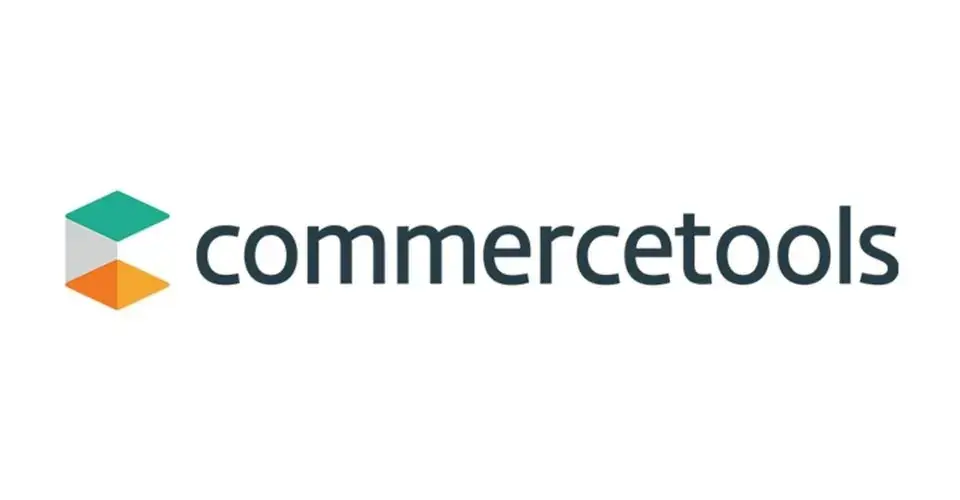
Salesforce Sales Cloud
Oracle ATG Commerce is a platform that is highly regarded for its promotion and tiered-pricing capabilities. It offers a great deal of flexibility when it comes to managing products and pricing. Users find the merchandising aspect, where permissions are added and configured, to be quite important. Additionally, Oracle ATG Commerce provides an effective way to share products, profiles, and user accounts across multiple sites.
On the other hand, Salesforce Sales Cloud is known for its frequent updates, which often introduce new features that users find beneficial. It allows for a customizable checkout experience and homepage and is generally considered easy to use. Salesforce Sales Cloud offers a highly customized e-commerce experience, and users particularly value its ability to convert opportunities and leads into accounts.

SAP Hybris Commerce
SAP Hybris Commerce and Oracle ATG Commerce are both robust e-commerce platforms, each with its own unique features. SAP Hybris Commerce is designed for speed and offers a customizable user interface. It has a personalized offering, a promotion engine, and a customer support module that users find valuable. The tool is known for its good performance and provides all the e-commerce features that a client could need. It’s considered a complete e-commerce system for product management.
On the other hand, Oracle ATG Commerce has features that allow changes to the product and pricing, providing enough flexibility to manage the application. The merchandising part of Oracle ATG is quite important as it’s where the business user adds and configures permissions. The platform is known for its promotion capabilities and tiered-pricing capabilities. However, it’s worth noting that some users have mentioned that they haven’t seen any good cloud-based solutions with Oracle ATG. Oracle does have a cloud solution, but some on-prem features are not available in the cloud version.

Salesforce Commerce Cloud
Oracle ATG and Salesforce Commerce Cloud are both robust eCommerce platforms with unique strengths. Oracle ATG is often lauded for its strong promotion and tiered-pricing capabilities. It offers flexibility in modifying products and pricing, and its merchandising features are highly valued, particularly where business users can add and configure permissions.
On the other hand, Salesforce Commerce Cloud is known for its regular updates, which often bring significant enhancements in aesthetics and functionality. Users appreciate the core features of Salesforce, including its comprehensive documentation and the wide array of integrations it offers. The platform is considered stable and provides a customizable checkout experience and homepage.
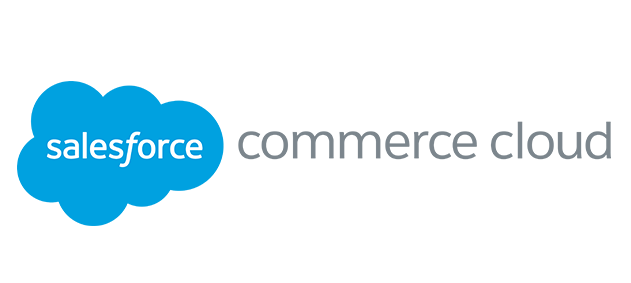
Adobe Commerce (Magento)
Adobe Commerce, also known as Magento, is a highly flexible platform and is one of the biggest players in the e-commerce market. It offers robust analytics and has excellent integrations with social media platforms and other tools. One of its key strengths is its open-source PHP code, which allows developers to customize almost anything on the platform. It provides strong support for order processing, customer management, configuration, third-party payment integration, and shipping matters. If you’re building from scratch, Magento can be quite powerful. Its interface is also user-friendly, providing seamless administration for business users.
On the other hand, Oracle ATG is a robust platform that’s been around for a while and has a strong reputation in the industry. It offers a great way to share products, profiles, and user accounts across multiple sites. However, it’s worth noting that Oracle ATG is generally more expensive to implement than Adobe Commerce.
In terms of ratings, both Adobe Commerce and Oracle ATG have similar ratings, with both being rated 8.2 out of 10.
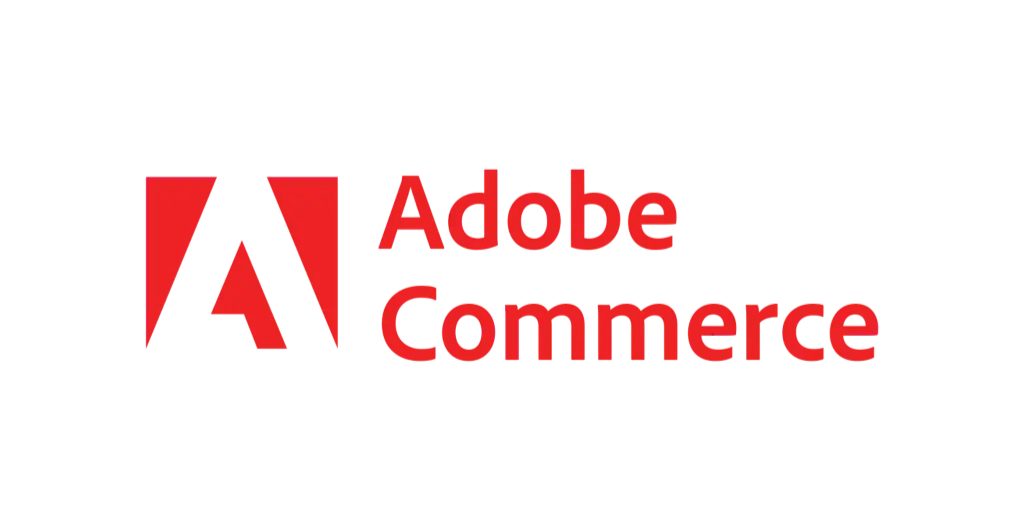
Shopify
Shopify is a user-friendly platform that’s known for its robust inventory management and in-built marketing tools. It’s highly customizable for a store’s e-commerce needs and doesn’t require any coding knowledge as all the required features are already inbuilt. However, it does have some limitations when it comes to customization without coding. While it offers Shopify Payments and supports 100+ gateways, some gateways might incur transaction fees.
On the other hand, Oracle ATG Commerce is appreciated for its features that help to change the product and pricing, giving enough flexibility to manage the application. It’s also known for its promotion capabilities and tiered-pricing capabilities. Oracle ATG Commerce also has native features that allow merchants to sell more complex product lines and data-rich products. However, Oracle ATG Commerce currently doesn’t have any good cloud-based solutions and there should be some sort of native integration as all the integrations that are built are completely customized.
In conclusion, Shopify is often preferred by users who want an all-in-one package and value ease of use, while Oracle ATG Commerce is chosen by users who need a more complex, customizable solution.

SureDone
SureDone and Oracle ATG Web Commerce are both e-commerce platforms, but they serve different needs and have different strengths. SureDone is a multichannel listing platform that includes inventory, order management, and fulfillment components. It has a modern interface and an open API. It’s rated higher than Oracle ATG Web Commerce and offers more features. It’s also less expensive to implement.
Oracle ATG Web Commerce, on the other hand, is a robust eCommerce solution that’s typically used by medium and large-sized businesses. It’s known for its administrative features and integration capabilities. However, it’s rated lower than SureDone and offers fewer features.
The choice between SureDone and Oracle ATG Web Commerce depends on your specific needs, budget, and the size of your business. If you’re a growing company looking for a cost-effective solution, SureDone might be a better choice. If you’re a larger business looking for a comprehensive eCommerce platform with strong administrative features, Oracle ATG Web Commerce might be more suitable.

AbanteCart
AbanteCart and Oracle ATG Web Commerce are both well-regarded e-commerce platforms, each with their own unique strengths. AbanteCart is an open-source platform known for its robust feature set and user-friendly interface. It’s particularly praised for its multi-store support, which allows users to manage multiple online stores from a single admin panel. Additionally, it offers extensive product management capabilities and advanced SEO features. One of the standout aspects of AbanteCart is its performance, as the platform is lightweight and optimized for speed.
On the other hand, Oracle ATG Web Commerce is a more premium platform. While it offers the same amount of features as AbanteCart, it is more expensive to implement. However, it has a long-standing reputation in the market.
In conclusion, both platforms have their own advantages and could be suitable depending on your specific needs and budget. If you’re looking for a cost-effective solution, AbanteCart might be a better choice. However, if budget is not a concern and you’re looking for a platform with a long-standing reputation, Oracle ATG Web Commerce could be the right fit.
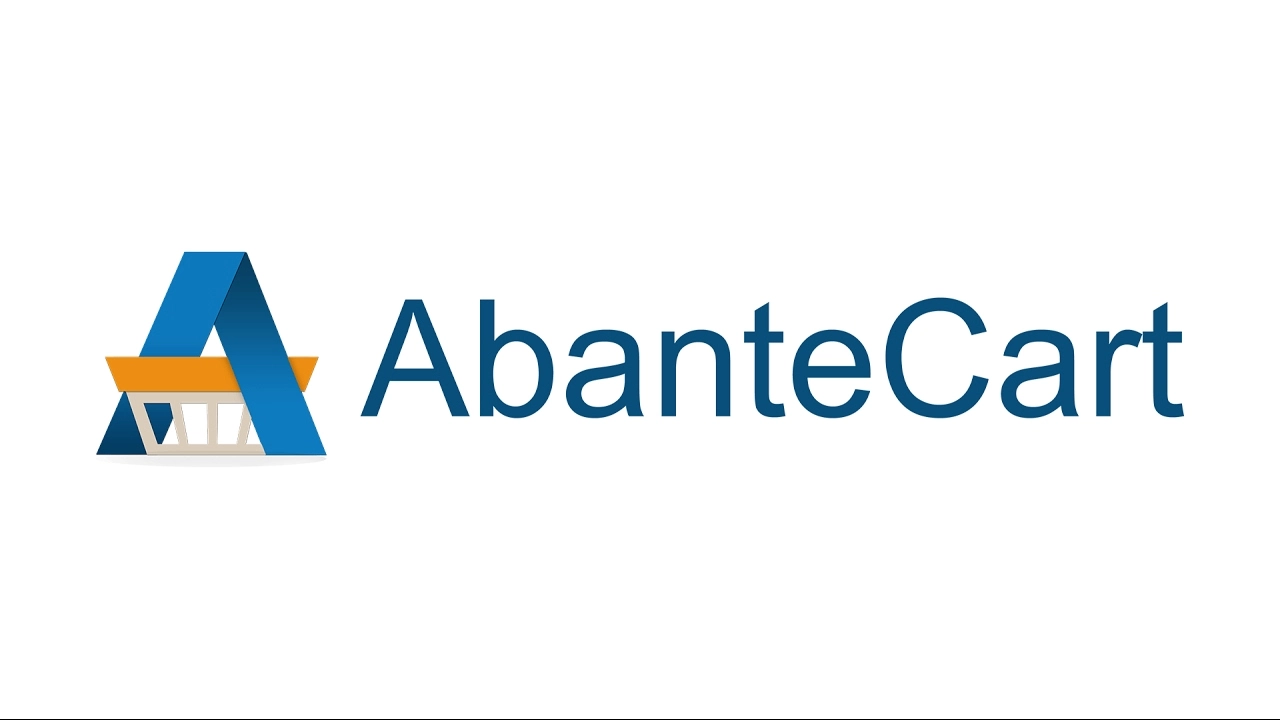
Use Cases of ATG Commerce
Oracle ATG Web Commerce is a versatile platform that can be used for various purposes. Here are some of its key use cases:
Building and Deploying Dynamic Applications: Oracle ATG Web Commerce provides a platform for creating applications that can change in real-time based on user interactions. This means you can create a website or an app where the content, layout, or functionality can change based on user behavior, preferences, or other factors. This is particularly useful for creating personalized user experiences.
Infrastructure as a Service (IaaS): Oracle ATG Web Commerce can be used to provide the infrastructure needed to host applications. This includes providing virtual machines, storage, load balancers, and networking capabilities. This is useful for businesses that want to host their applications in the cloud, as it allows them to focus on developing their applications without having to worry about managing the underlying infrastructure.
E-commerce Portals: Oracle ATG Web Commerce can be used to create e-commerce websites. This includes websites for business-to-consumer (B2C) transactions, business-to-business (B2B) transactions, and consumer-to-consumer (C2C) transactions. It can also be used to create websites for merchants and retailers. This is useful for businesses that want to sell products or services online.
Support for B2C and B2B Business Models: Oracle ATG Web Commerce supports both business-to-consumer (B2C) and business-to-business (B2B) business models. This means it can be used to create websites that sell products or services directly to consumers, as well as websites that facilitate transactions between businesses.
In summary, Oracle ATG Web Commerce is a versatile platform that can be used to create a wide range of web applications, from personalized, dynamic websites to e-commerce portals. It provides the infrastructure needed to host these applications and supports a variety of business models. This makes it a valuable tool for businesses looking to establish a strong online presence.
ATG Commerce Acquisitions
Art Technology Group, also known as ATG, was a company that specialized in eCommerce software and on-demand optimization applications. Oracle, a multinational computer technology corporation, acquired ATG on January 5, 2011. The acquisition was carried out through a cash merger for $6.00 per share, which amounted to approximately $1.0 billion.
ATG’s solutions were designed to enable enterprises to provide a cohesive online customer experience. This was achieved through sophisticated merchandising, marketing, content personalization, automated recommendations, and live-help services. ATG’s eCommerce software platform was the industry’s top-ranked, cross-channel commerce solution. It complemented Oracle’s CRM, ERP, Retail, and Supply Chain applications, as well as its portfolio of middleware and business intelligence technologies.
The main goal of Oracle’s acquisition of ATG was to create a unified commerce and CRM platform. This platform aimed to provide a seamless experience across all commerce channels. This strategic move was positively received by customers, partners, and analysts. It represented a significant step towards enhancing the online customer experience and driving business growth.